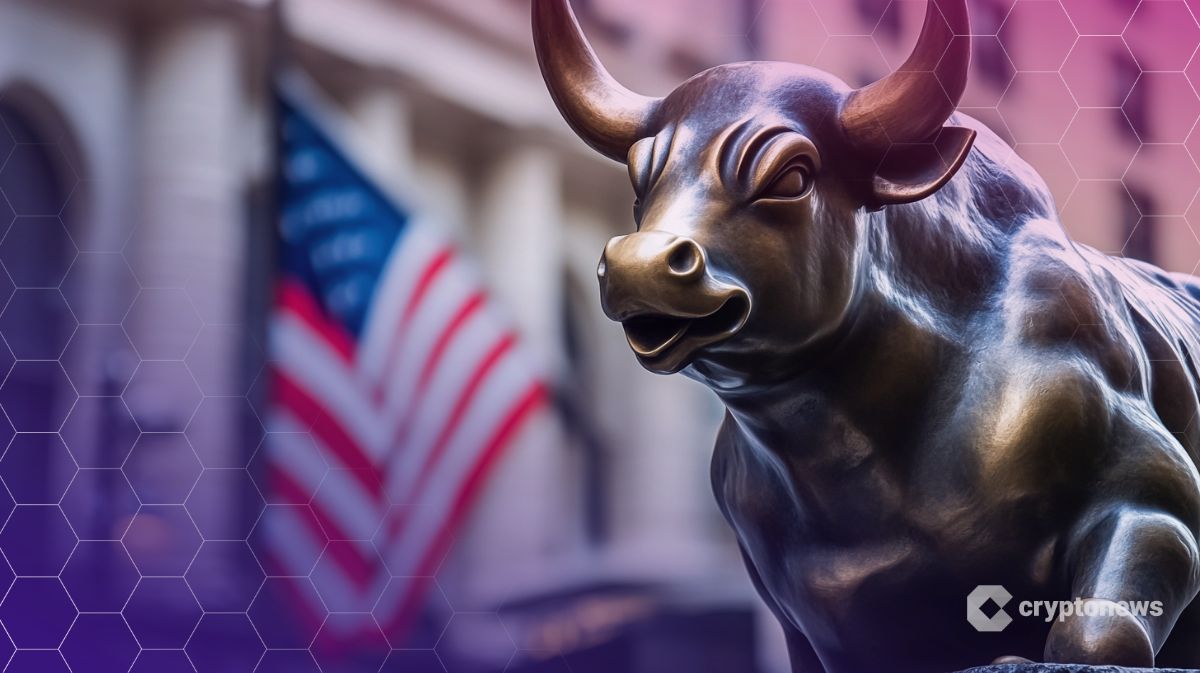
Crypto trading platform Bullish has officially entered the US market, launching operations in 20 states after securing a BitLicense and money transmission license from New York regulators.
Key Takeaways:
- Bullish has launched crypto trading in 20 U.S. states after securing a New York BitLicense.
- The platform is targeting institutional clients with zero maker fees and deep liquidity tools.
- Despite the launch, Bullish shares dropped 4.4% but remain up over 60% since August.
The move marks a major milestone for the exchange, which has processed over $1.5 trillion in global trading volume since its debut in late 2021.
On its first day of US operations, Bullish enabled spot trading for institutional clients BitGo and Nonco.
Bullish Opens Crypto Trading in New York, California, Florida and More
Key markets now open to the platform include New York, California, Florida, Arizona, and Washington, D.C., among others.
A BitLicense, issued by the New York State Department of Financial Services (NYDFS), is one of the most rigorous regulatory approvals in the crypto sector.
With it, Bullish is cleared to transmit, hold, and issue digital assets in one of the industry’s most tightly regulated states.
The timing coincides with a broader regulatory shift in the U.S., driven by the Trump administration’s push for deeper institutional adoption.
In response, firms like Coinbase, Binance, and Stripe are expanding crypto-as-a-service and stablecoin products to meet growing demand from institutional players.
Bullish president Chris Tyrer highlighted the platform’s hybrid model combining a central limit order book with an automated market maker to deliver deep liquidity and stable execution.
“We built Bullish for institutions, and now we’re ready to bring that performance to serious U.S. traders,” Tyrer said.
1/4 The wait is over. Bullish is now available in the United States.
We are proud to offer institutions a new standard in digital asset trading.
Read more pic.twitter.com/KfFzoj7k6p
— Bullish (@Bullish) October 1, 2025
The platform is offering zero maker fees for institutions and free trading for advanced individual users across all approved states.
Bullish plans to onboard hedge funds, market makers, proprietary trading firms, fintech platforms, and neobanks.
In addition to New York and California, other states where Bullish is now live include Arkansas, Colorado, Delaware, Hawaii, Indiana, Michigan, Missouri, Montana, New Hampshire, New Mexico, Utah, Virginia, West Virginia, Wyoming, and Puerto Rico.
Despite the expansion, Bullish shares (BLSH) dipped 4.4% on Wednesday, closing at $60.80, according to Google Finance.
Still, the stock remains up more than 60% since its IPO in August, placing its current valuation at around $9 billion.
Bullish Rides IPO Momentum and European Licenses to Enter US Market
Bullish’s BitLicense and Money Transmission License in New York comes amid the company’s growing international presence, which now spans the EU, Hong Kong, Gibraltar, and the US.
The exchange recently made headlines by becoming the first US-listed company to raise over $1 billion entirely in stablecoins during its NYSE IPO in August, with backing from Peter Thiel.
The capital raise was settled across blockchain networks like Solana, reflecting Bullish’s commitment to digital-native finance.
In Europe, Bullish achieved a MiCAR license uplift through BaFin in Germany, giving it a regulatory foundation to serve institutional clients across the EU.
Its headquarters in Frankfurt places it under one of the most trusted financial regulators in the world.
The post Crypto Exchange Bullish Launches in 20 US States After Securing New York BitLicense appeared first on Cryptonews.
Disclaimer: This news has been automatically collected from the source link above. Our website does not create, edit, or publish the content. All information, statements, and opinions expressed belong solely to the original publisher. We are not responsible or liable for the accuracy, reliability, or completeness of any news, nor for any statements, views, or claims made in the content. All rights remain with the respective source.
